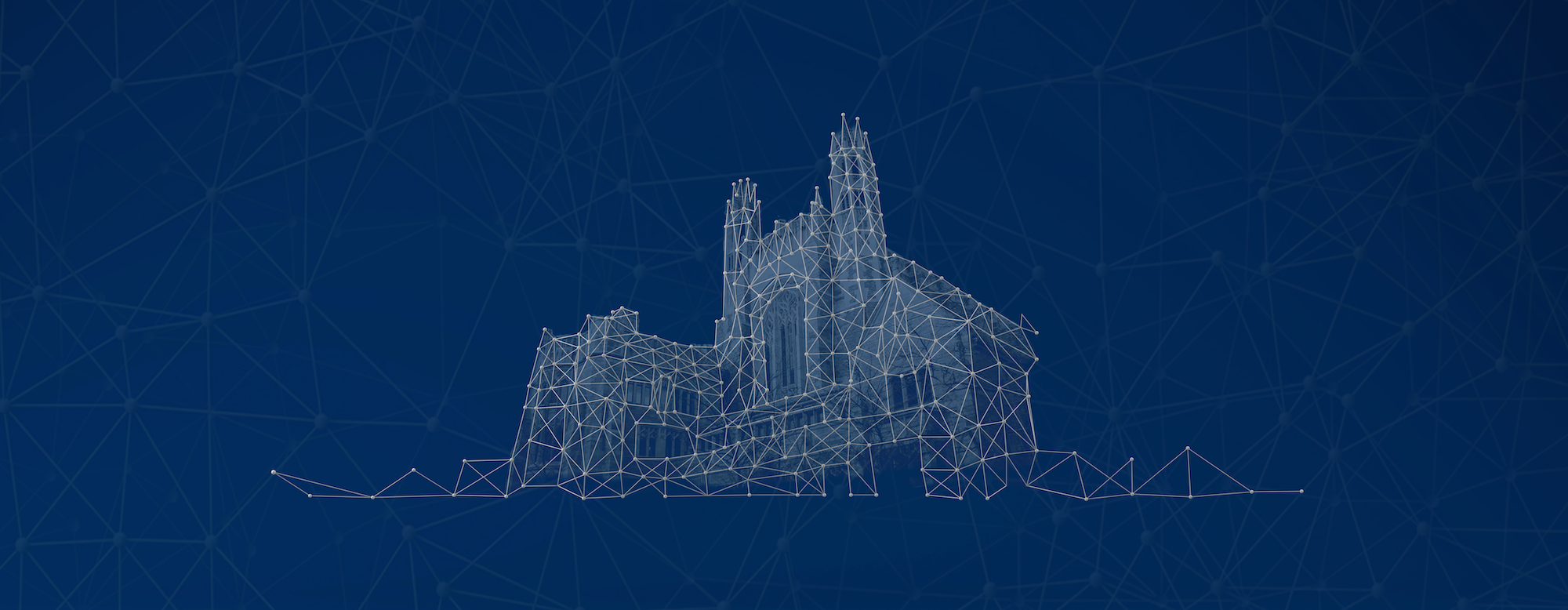Limitations and Loopholes in the EU AI Act and AI Liability Directives: What This Means for the European Union, the United States, and Beyond
Predictive and generative artificial intelligence (AI) have both become integral parts of our lives through their use in making highly impactful decisions. AI systems are already deployed widely—for example, in employment, healthcare, insurance, finance, education, public administration, and criminal justice. Yet severe ethical issues, such as bias and discrimination, privacy invasiveness, opaqueness, and environmental costs of these systems, are well known.
